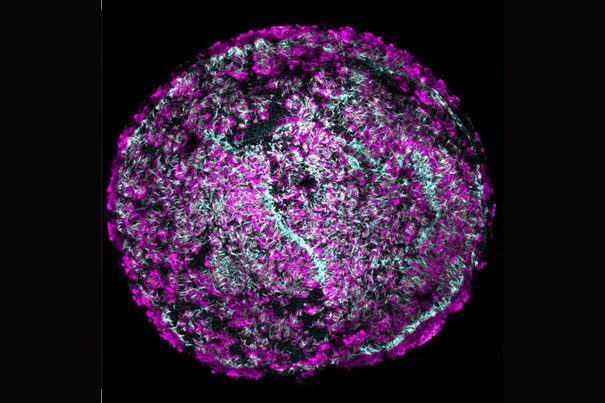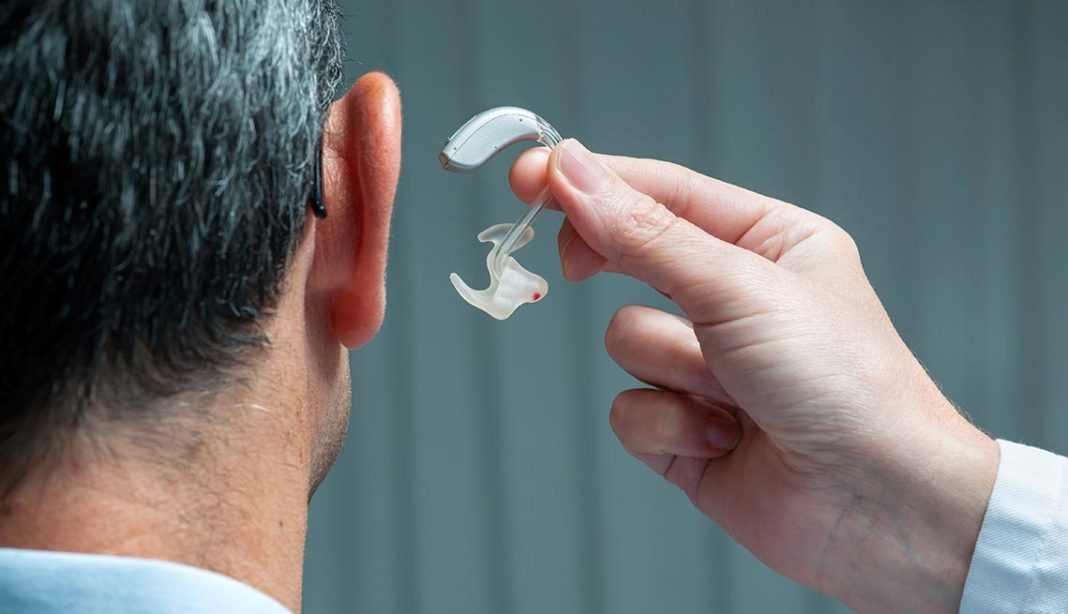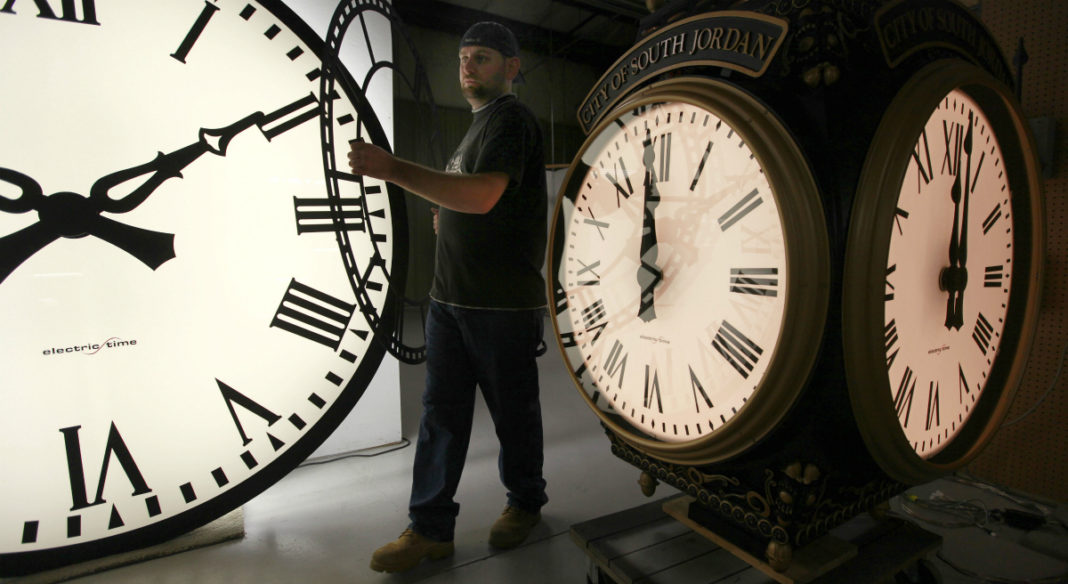There are around 15,000 hair cells located in our inner ear that receive, translates, and transmits those signals to the brain. When these cells become damaged from things like excessive noise, certain drugs, or aging irreparable hearing damage can occur. However, a team of researchers at the Harvard Stem Cell Institute (HSCI) and colleagues from the Massachusetts Eye and Ear Infirmary have come up with a way of replacing these damaged cells in order to treat hearing loss.
A small molecule cocktail was identified in a recent Cell Reports study that was found to increase the number of cells that generated hair cells in the inner ear. This was great news as unlike the hairs on our head, those tiny hairs lining the cochlea don’t regenerate. Albert Edge is an HSCI affiliated and co-corresponding author on the study. In 2012, he and fellow colleagues managed to create hair cells in a dish using stem cells that were characterized by a Lgr5+ marker. Although there are very few cells in the cochlea, by exposing those Lgr5+ cells that are present to the small molecule cocktail, researchers managed to create an increase this number 2,000-fold in the stem cells.

Credit: Will McLean
“Those molecules were a key to unlocking this regenerative capability,” said Jeff Karp, HSCI principal faculty, and bioengineer at BWH and an associate professor of medicine at HMS. During the research, Karp and colleagues at MIT identified small molecules that were able to directly communicate with and take control of the Lgr5+ stem cells. Large quantities of functional hair cells were generated in a Petri dish when researchers mixed the cocktail with different protocols from the Edge lab. “We can now use these cells for drug screening as well as genetic analysis,” Edge said. “Our lab is using the cells to better understand the pathways for expansion and differentiation of the cells.”
Moving forward, Karp is hoping to turn the small molecule cocktail into a therapeutic treatment. He is a co-founder of Frequency Therapeutics, who are going to be using the results from these studies to begin developing treatments for hearing loss, with human clinical testing expecting to be started in around 18 moths time.
Related Links;
- HSCI researchers developed a drug cocktail that unlocks the potential to regrow hair cells in the inner ear / Harvard University
- Progress in treating hearing loss / Harvard Gazette
More News to Read











